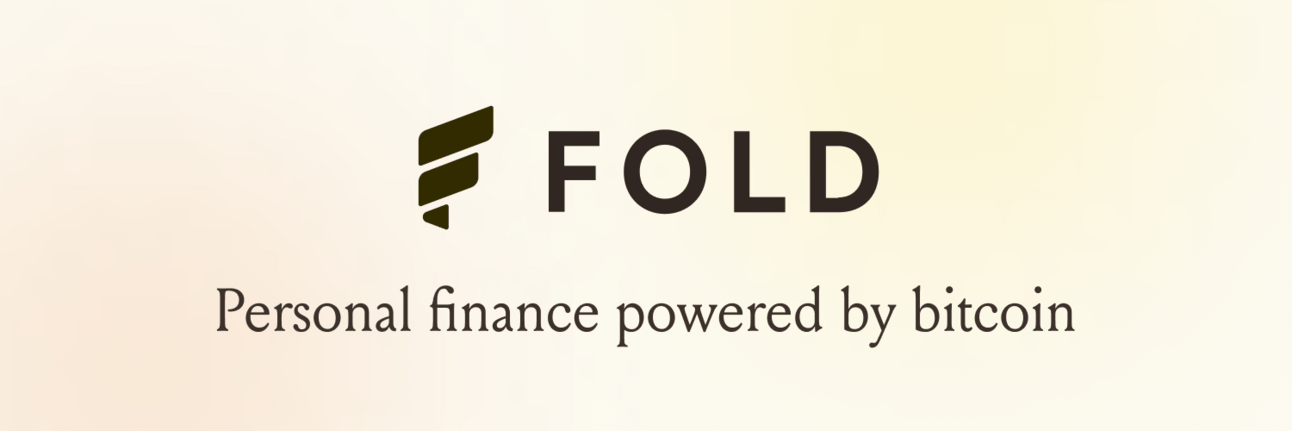1 October 2024 · Block Height 863646 · Bitcoin Price $65K
Welcome back to the Blockspace Newsletter!
For today’s note, a dispatch from Charlie Spears on his observations from the Asian conference circuit — the pendulum of Bitcoin activity has swung back to the East ⚖️
The Blockspace Newsletter is brought to you by Fold, the best place to buy Bitcoin.
Asia’s in the driver’s seat of Bitcoin Season 2
You might have thought that the beating heart of Bitcoin culture left China with the bitcoin mining ban in summer of 2021….. and perhaps for a moment it did. However, today China and Asia broadly are back in the driver’s seat as we kick off “Bitcoin Season 2.”
The cultural and economic centers of on-chain bitcoin activity are more Asian than ever, and this was incredibly clear at Token 2049 in Singapore.
Let me break down the drivers and trends that I see from the perspective of a Westerner.
Bitcoin Maximalism never reached Asia and probably never will
In Chinese Bitcoin circles, there is little bitcoin ideology except profit maximalism. A business will operate according to profit, not ideology. There is – perhaps ironically – a much more capitalist spirit in Asian entrepreneurs than in Western entrepreneurs.
A Chinese company will launch a Layer 2 with significant trust trade-offs but an incredibly effective go-to-market strategy. This mindset is most clearly demonstrated in the proliferation of Layer 2 companies like Merlin Chain or BitLayer, which dwarf Western equivalents in TVL but have minimal technical differentiation and marketing strategies.
“Give me Western protocol engineers and an Eastern Go-To-Market team”
The Westerners will clutch their pearls about mechanism design and low-time preference mindset while Asian companies ship product after product into a hungry, frothy market. This trend shows no signs of slowing down.
China wants the revenue, the West can keep its influencers
I have heard more than one story of top-tier Bitcoin names or Ordfluencers showing up at Asian conferences, namely Token 2049, and being entirely unrecognized. There is great irony observing the Westerners chase after ephemeral “social credit” while the Chinese WeChat groups mock them.
Key opinion leader (KOL) marketing originated in China, but its Western counterpart – the “influencer” – carries much less product market fit for advertisers. KOLs in China and Asia broadly have been very effective at selling products for brands (read: tokens for crypto companies). An interesting phenomenon in Bitcoin and crypto culture is that the KOLs/influencers seem to be much more focused on being perceived as ideologically superior – winning the argument is more important than taking home the cash. In the East there is no ambiguous social status. It’s a game of numbers that do not lie: WeChat group size and economic influence.
One of the great examples of this in the Ordinals ecosystem is demonstrated by the BRC-20 phenomenon where the creator Domo has been widely celebrated for the invention of the standard but the actual implementation and virtually all the inscription revenue has been captured by a single company: Unisat. Even the protocol direction itself is for all intents and purposes just a subsidiary of Unisat corporate.
The Unisat-Fractal story continues
The case study of Unisat demonstrates all of the above in the Ordinals story to-date. While the West has been caught up arguing whether or not a handful of JPEGs should be allowed on Bitcoin, Unisat has generated tens of millions in inscription fees alone from BRC-20 and similar protocols emerging out of the ordinals ecosystem. All the while Unisat has made little effort to engage with the English-speaking community and mostly avoided chiming in on technical or protocol discussions in ordinals.
My time in Singapore at Token 2049 was pretty revealing about Unisat’s business strategy. One major disconnect in the West has been the importance and role of the SATS BRC-20 token. I – as did probably most Westerners – thought that this token was shorthand for the subunit of Bitcoin, satoshi, or at least a reference to Satoshi Nakamoto. On the contrary, SATS is actually considered by a broad part of Asia to represent the UniSAT corporation. In the mind of the Asian speculator, a bet on SATS is a bet on Unisat.
The realization about SATS actually helps explain another undercovered events in ordinals over the past 2 years. During 2023, 70% - 80% of inscriptions were created with Unisat’s inscription tool. Those paying close attention to the actual transactions from this tool may have noticed that Unisat was regularly minting SATS tokens for themselves with every inscription tool use, at the cost of the user. At the time I and many others thought that this was just shady behavior. But in retrospect, this actually makes sense if you consider that this could be considered Unisat’s right to generate a self-referential token, because it’s their platform. I might be trying to justify this a bit too much, but I do think that the Western disconnect missed this entirely – at least I did.
The current Unisat thing, Fractal Bitcoin, is the latest example of how the East is demonstrably disconnected from the West. The largest mining pools are mining Fractal Bitcoin and demand for Fractal hashrate has caused cloud mining contracts to carry a 100% - 300% premium. This story is largely uncovered in the West yet it is significantly affecting Bitcoin’s hashrate – redirecting anywhere from 20 - 40 EH/s during peak activity in September.
If you enjoyed reading send to a friend or hit us back with your EOY Bitcoin price prediction!

